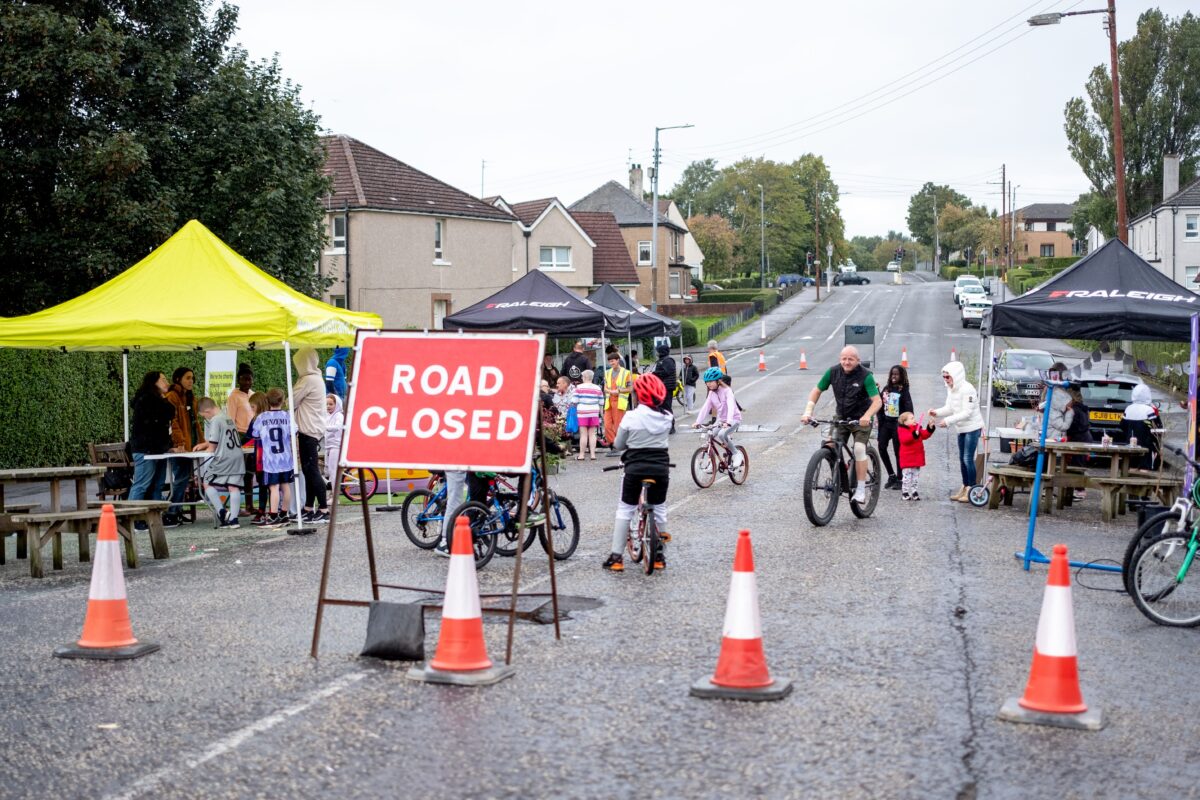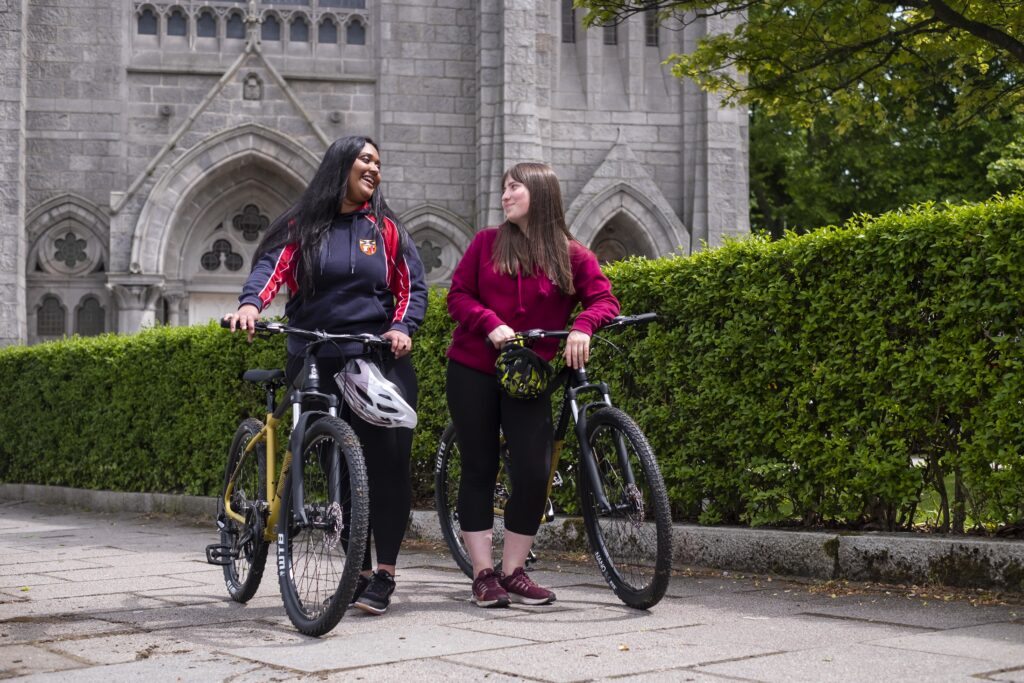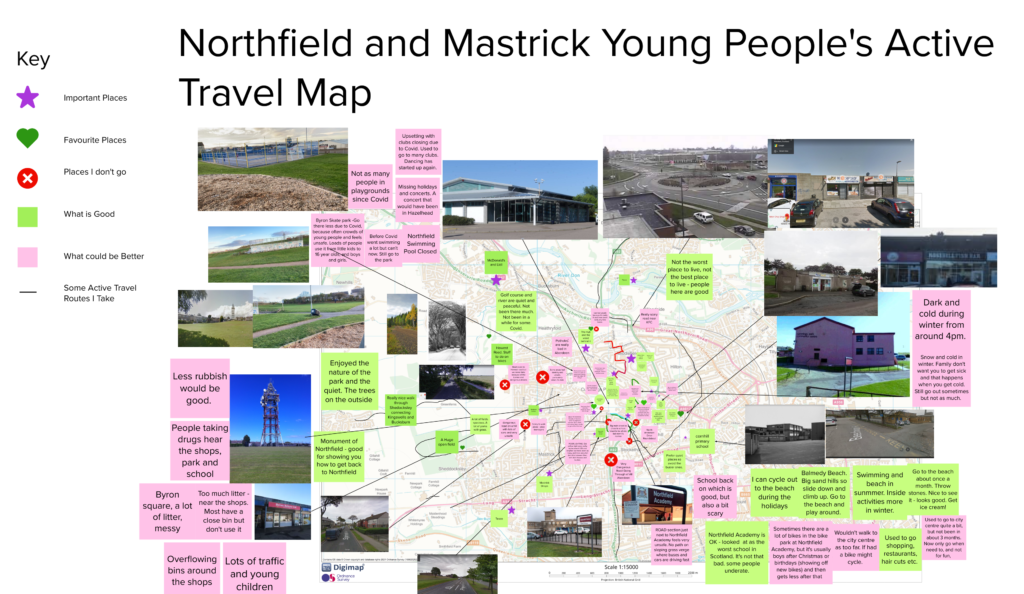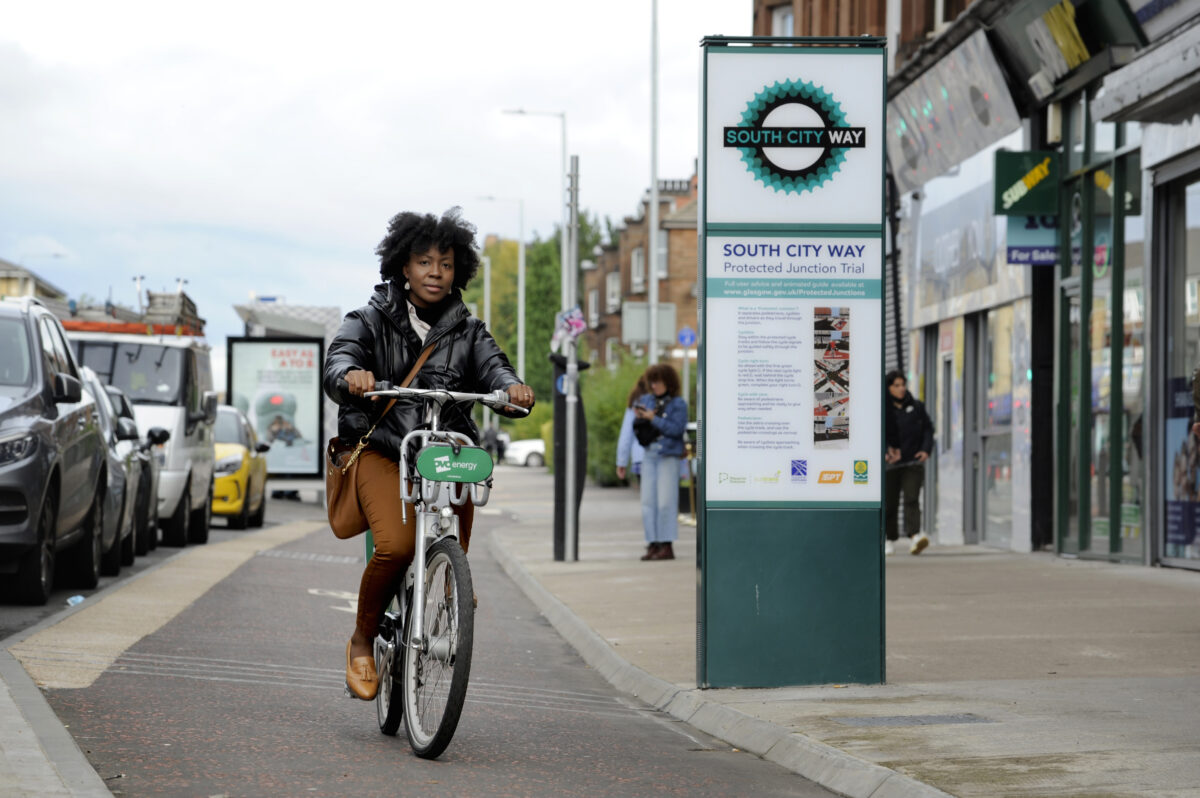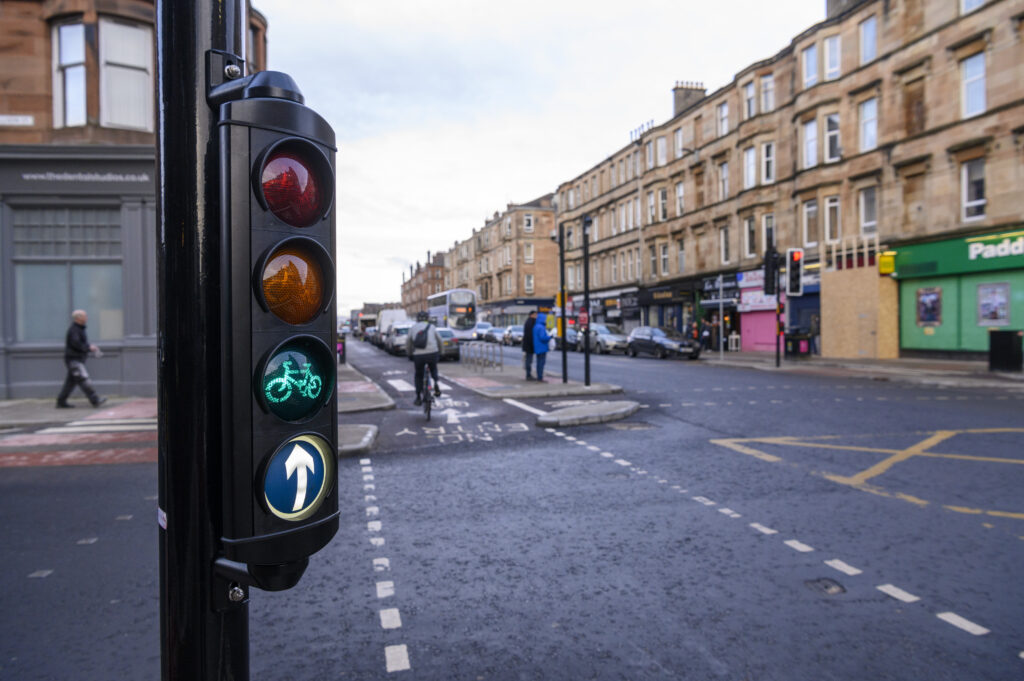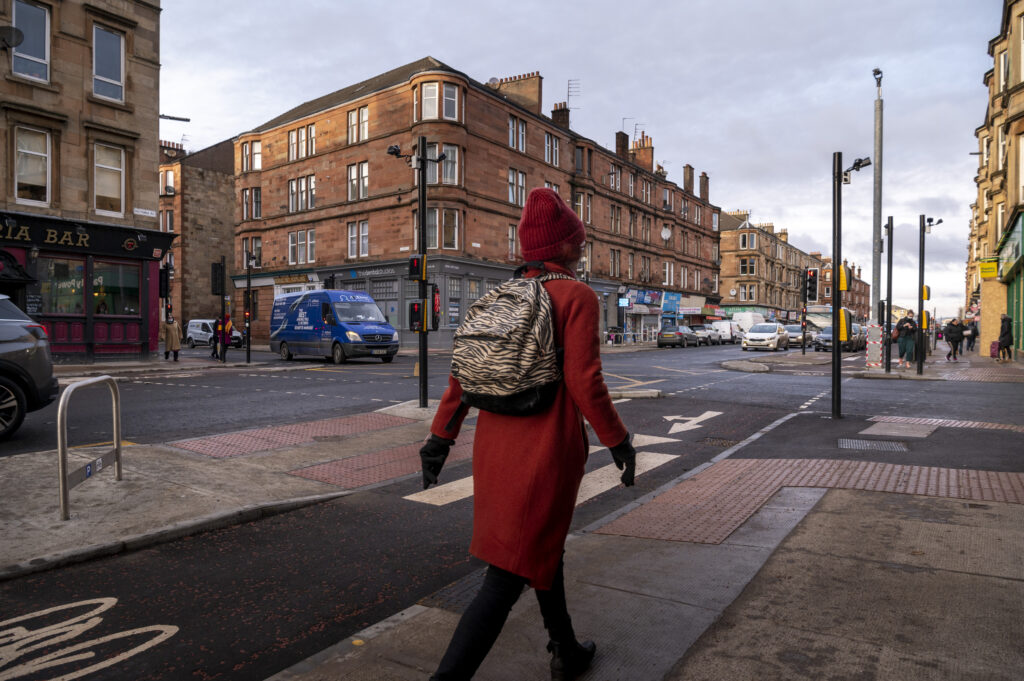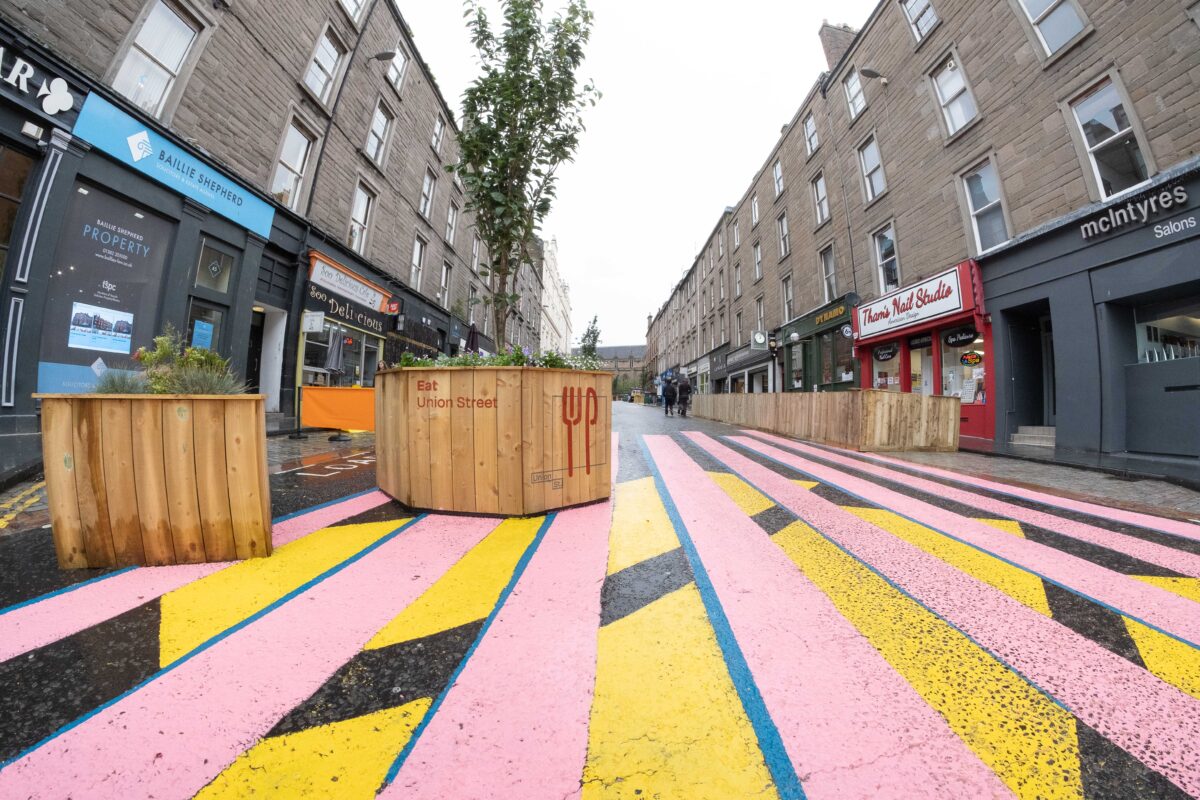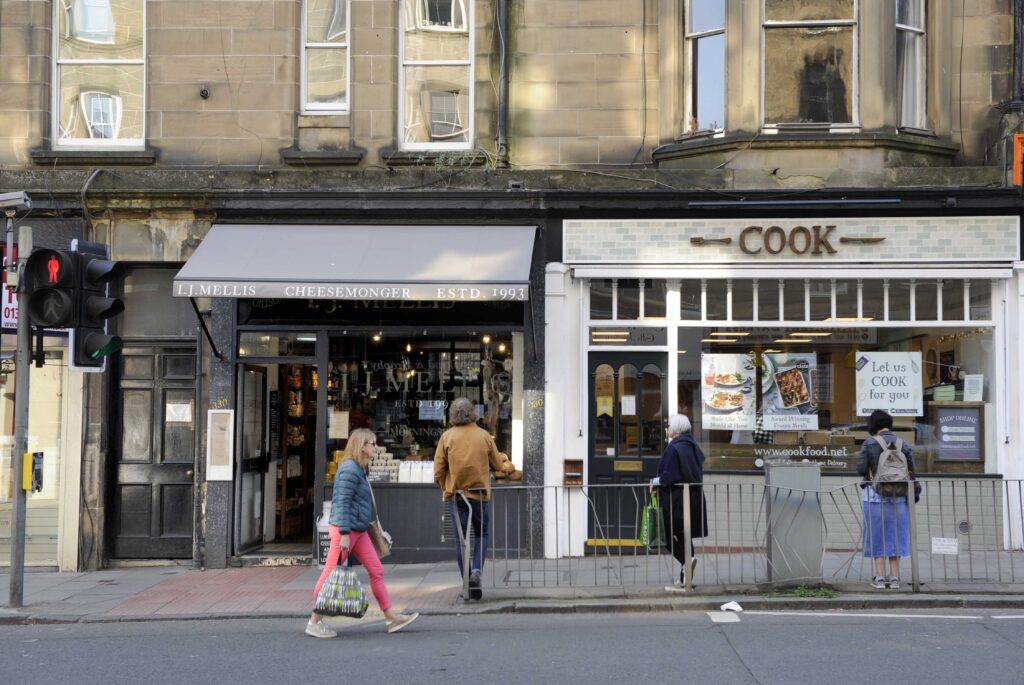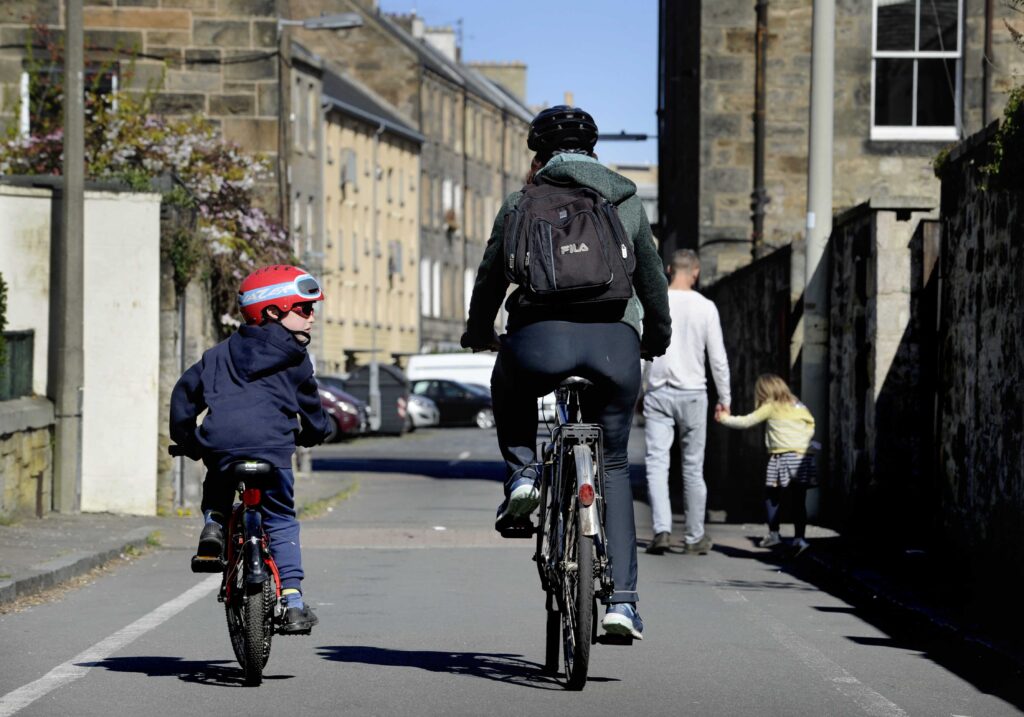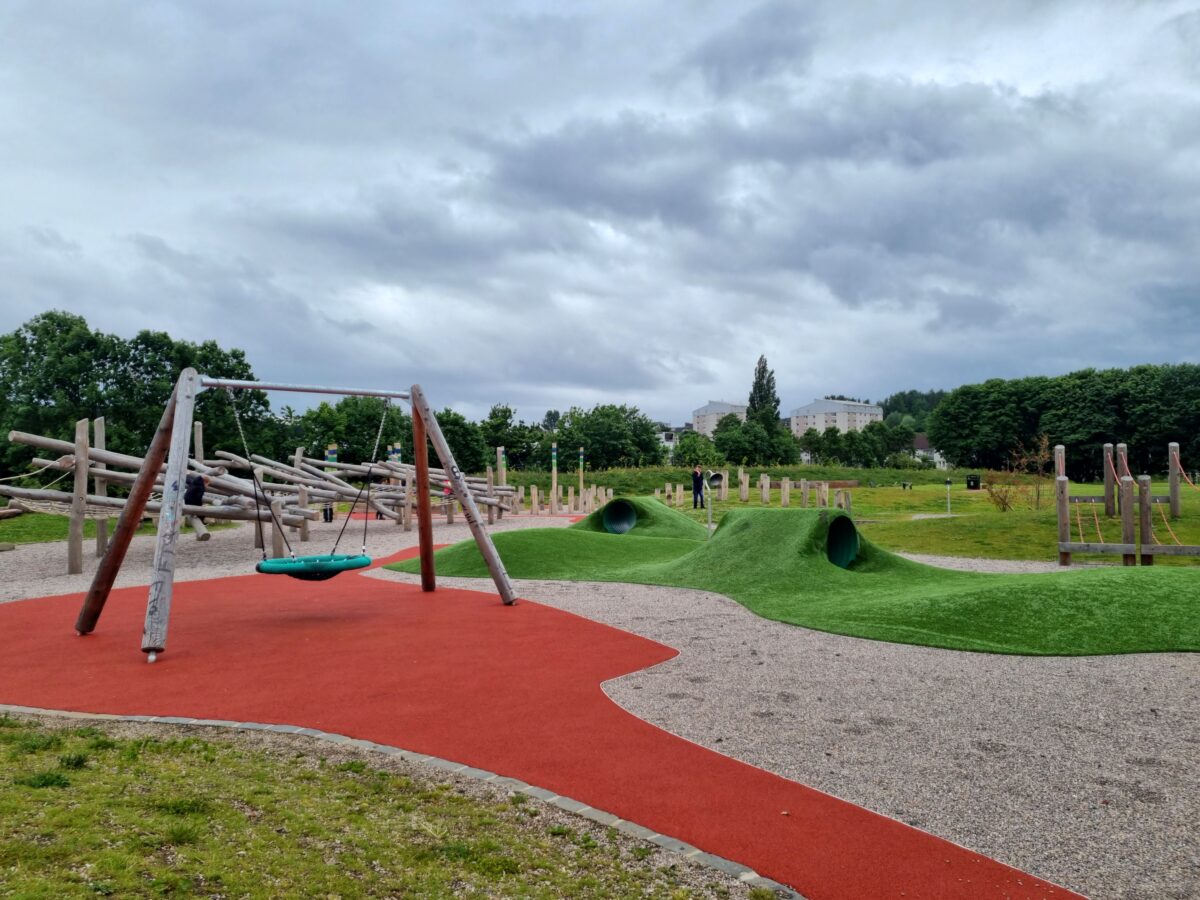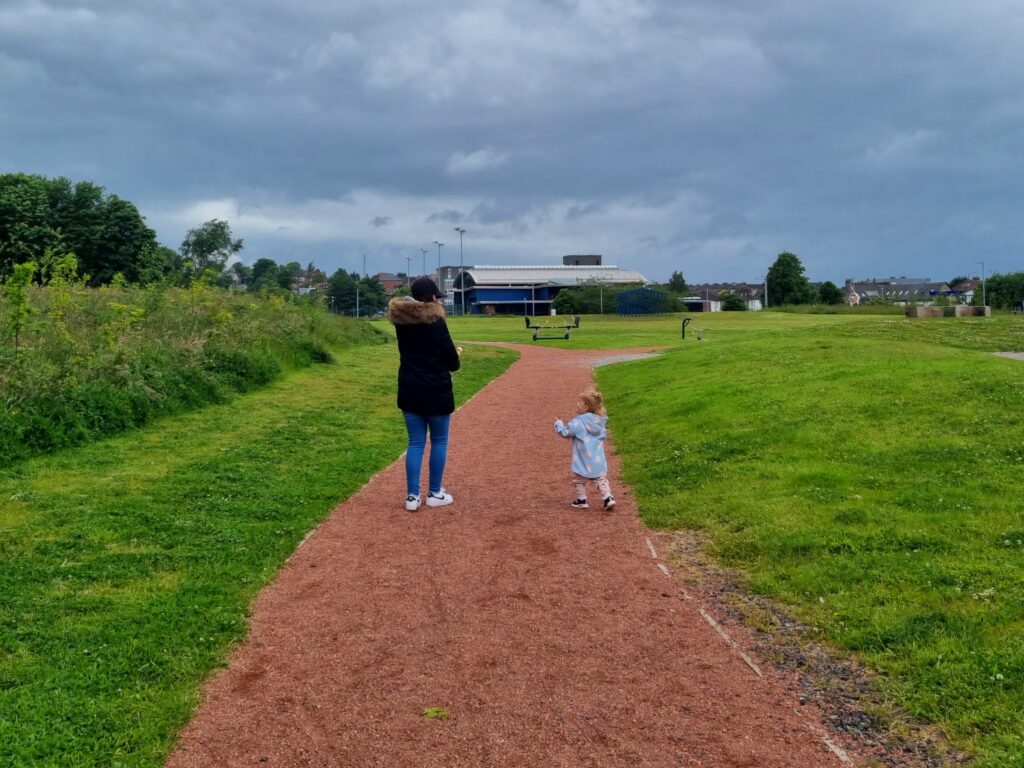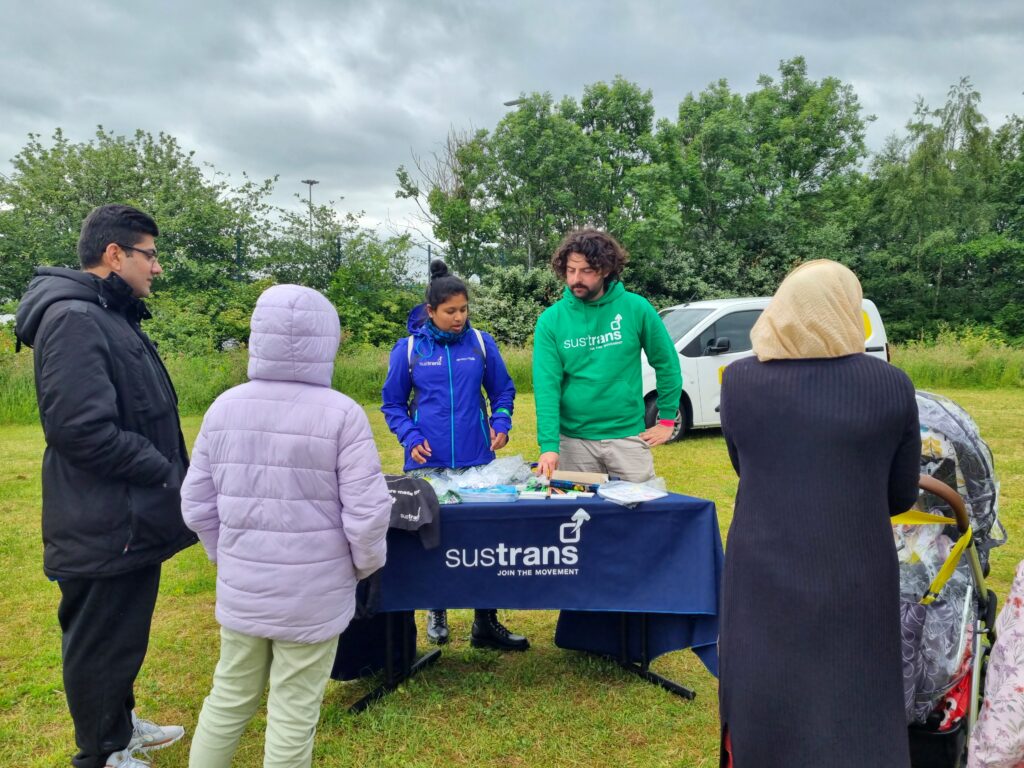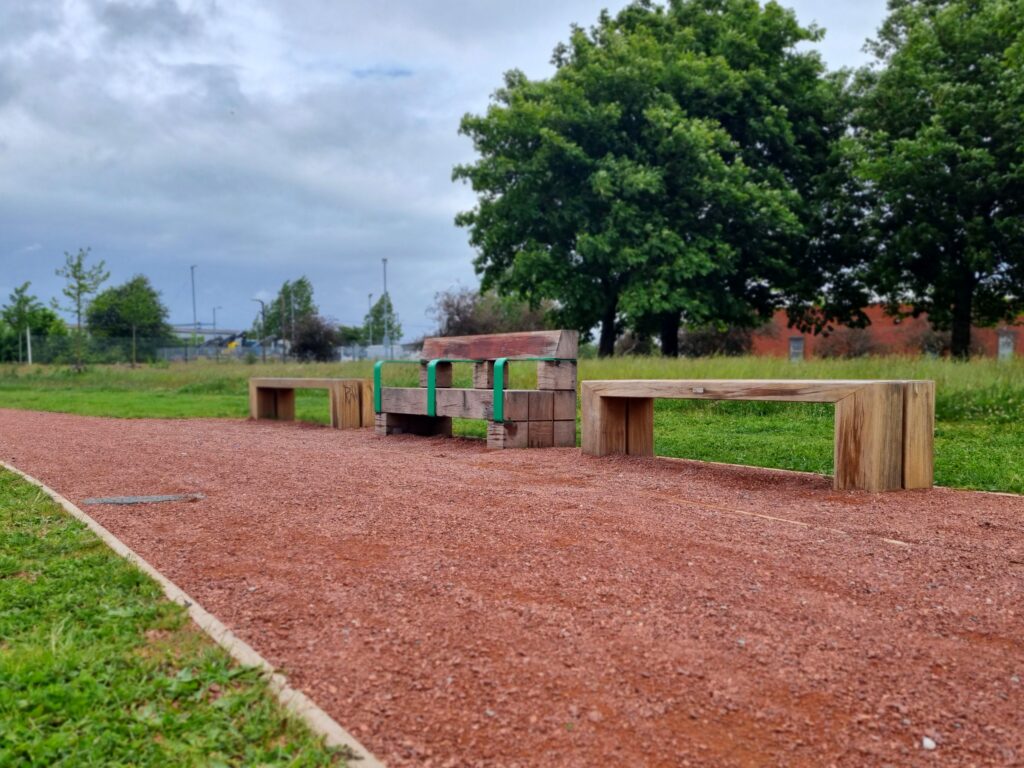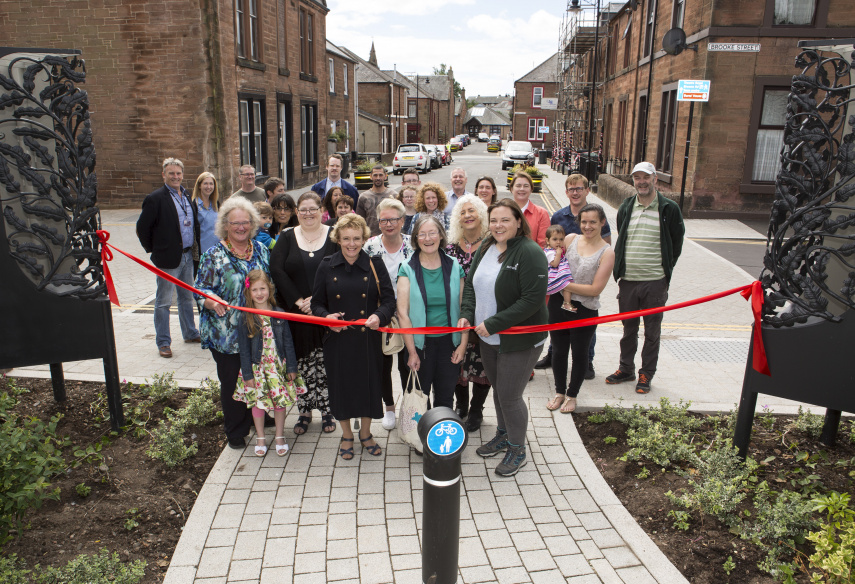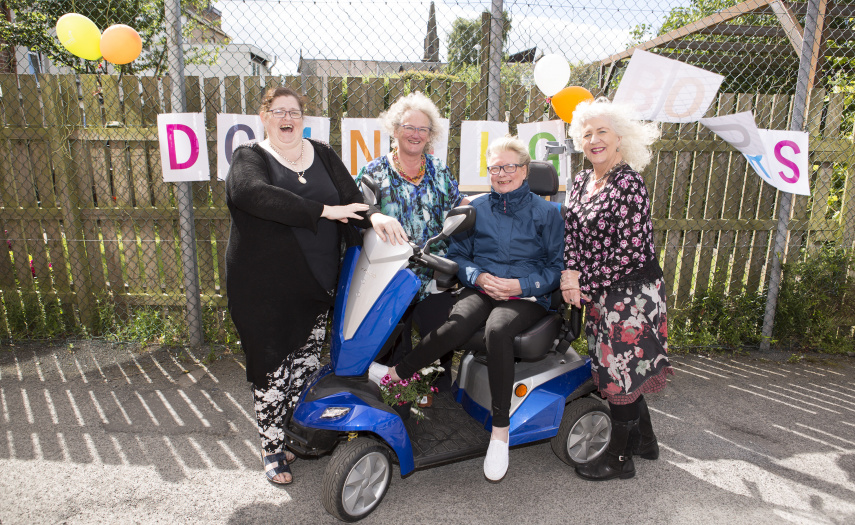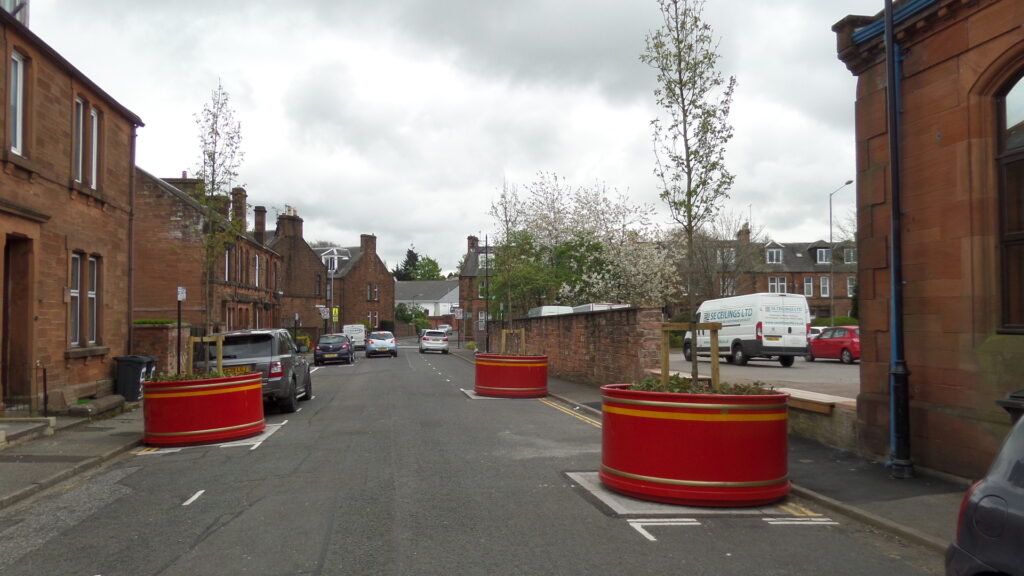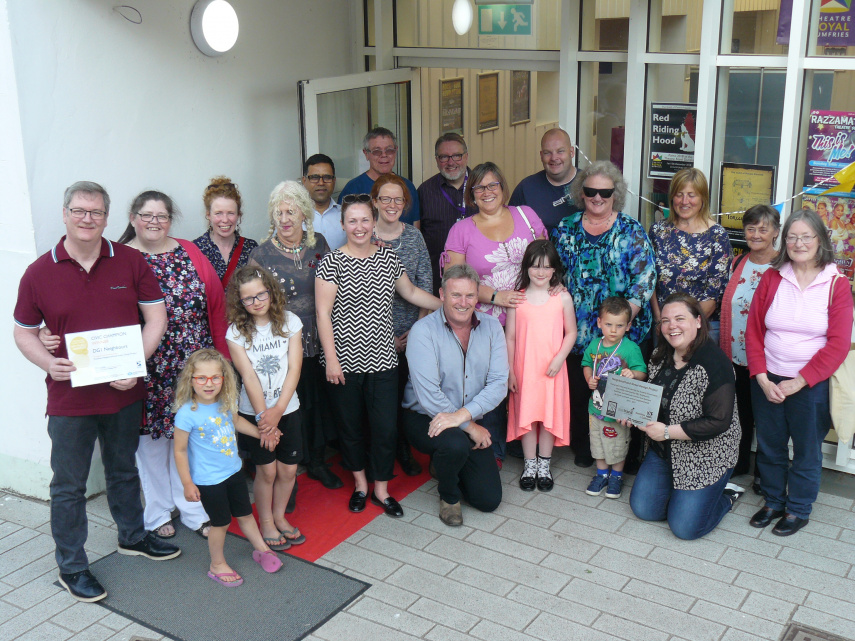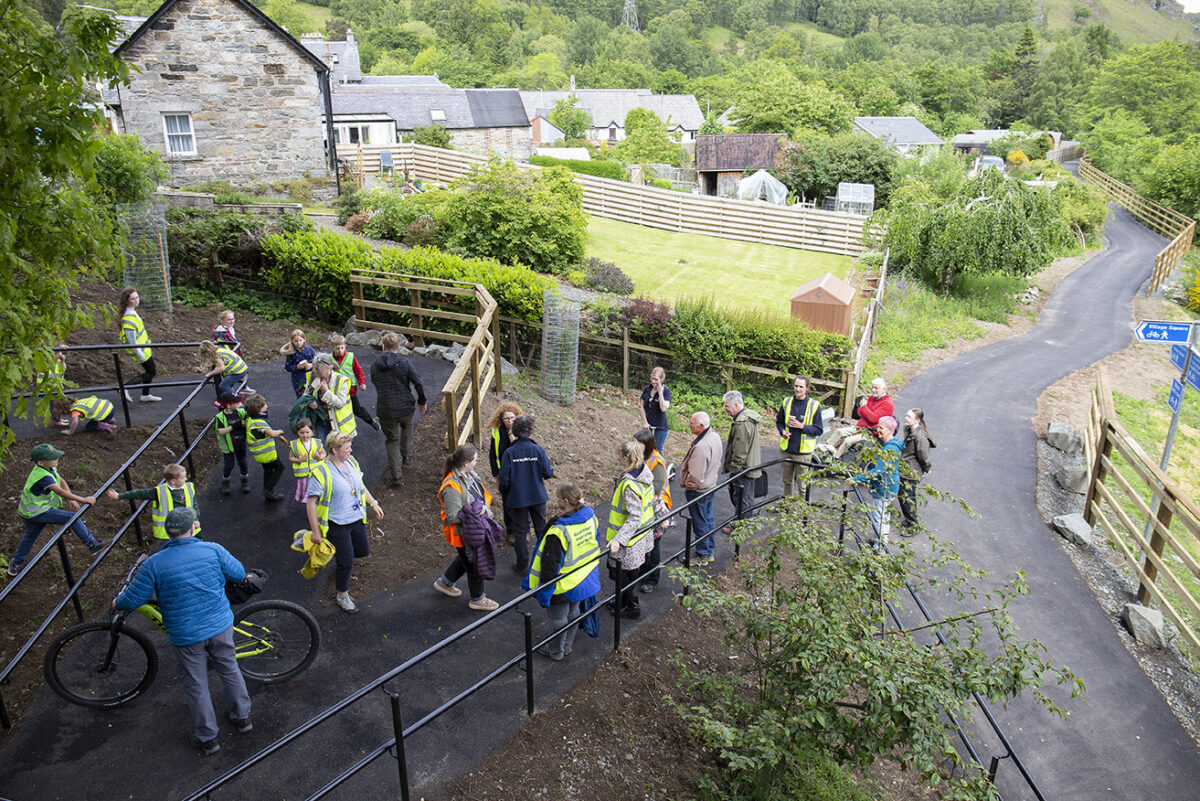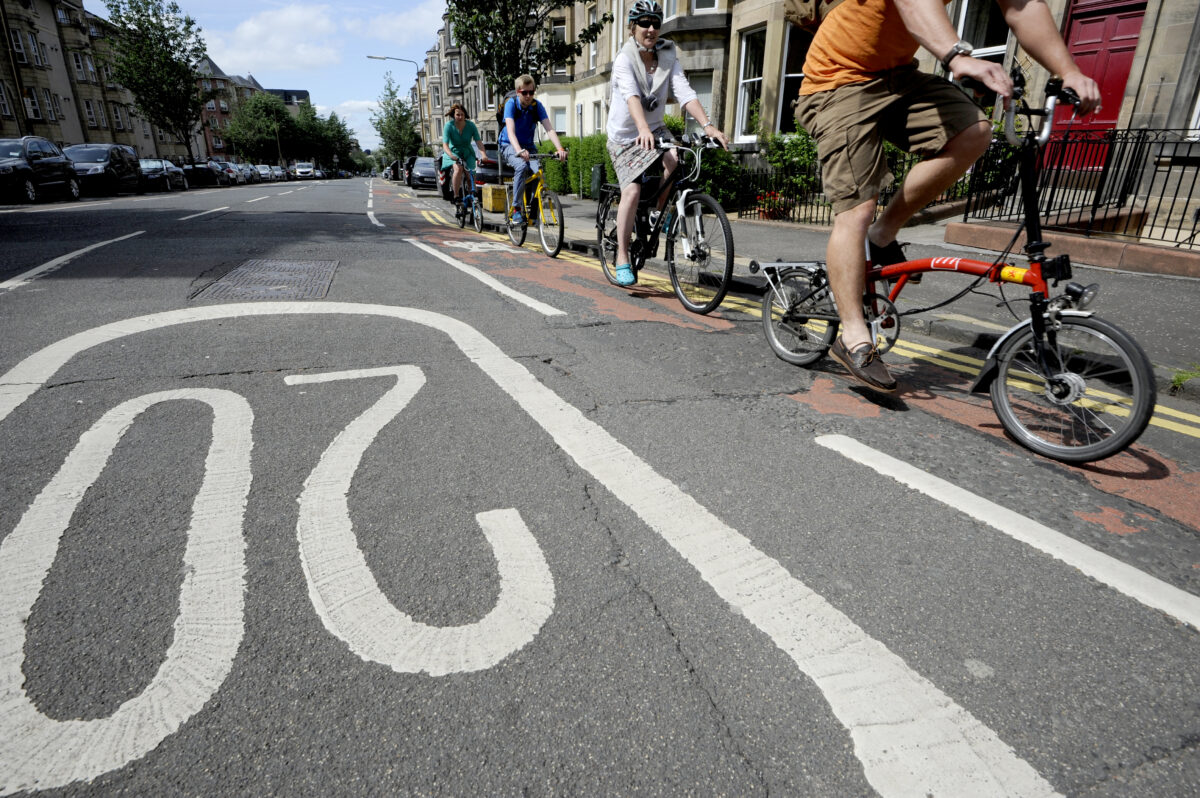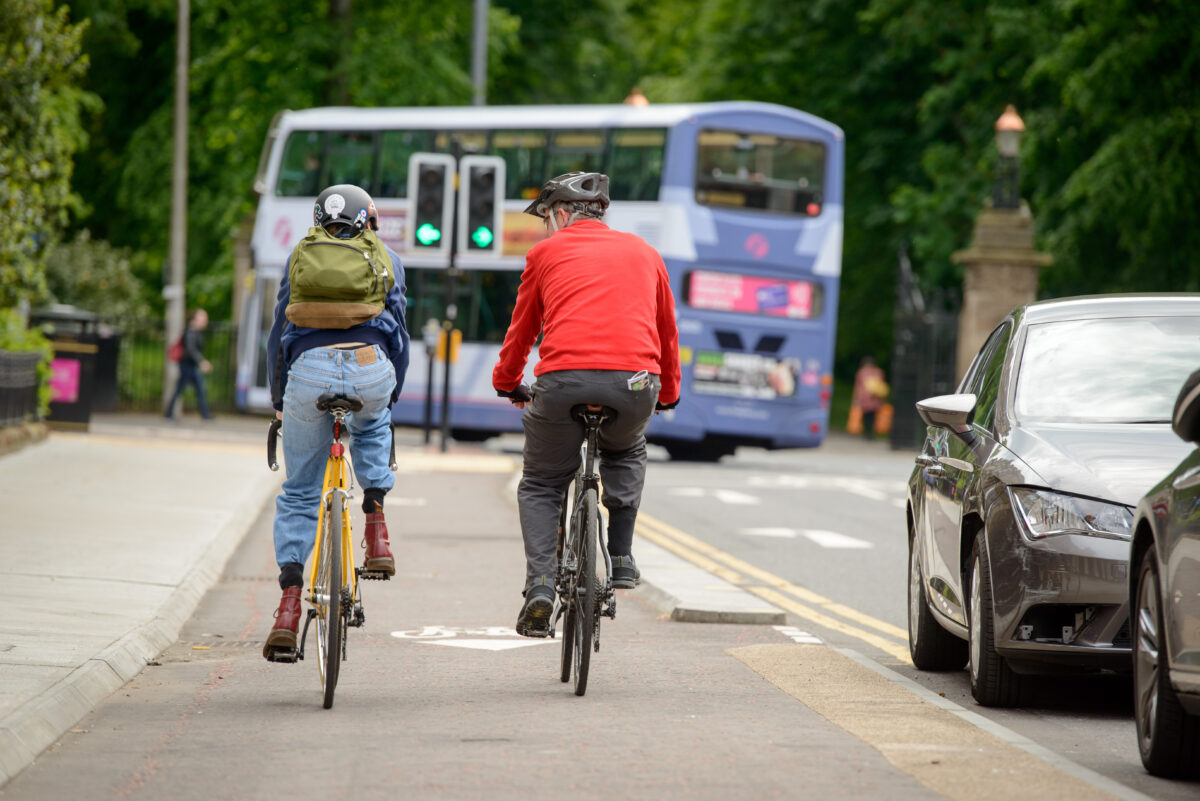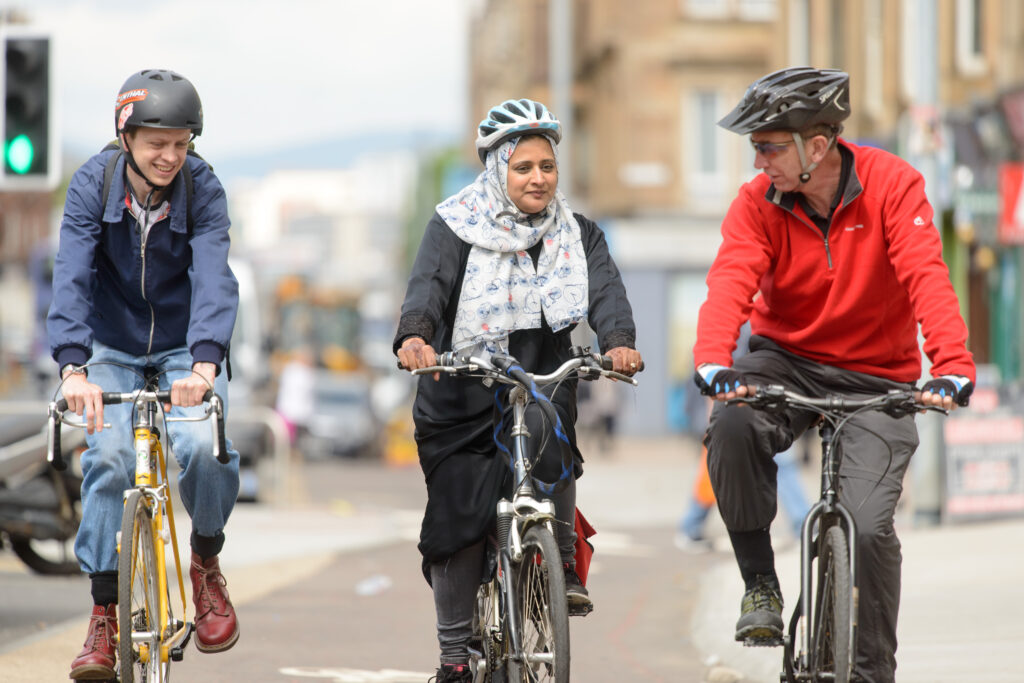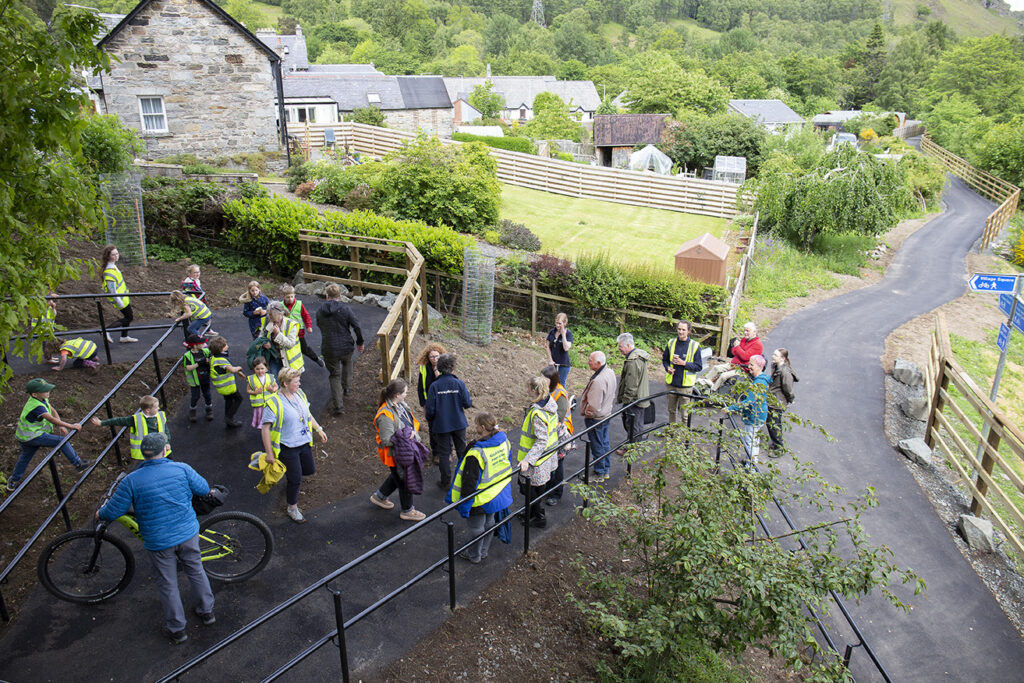Celebrations were held on Langdale Street in the North East of Glasgow last month, as early designs to improve walking, wheeling, and cycling in the local area were completed.
On the 22nd and 23rd September residents came together to learn about the ambitions of the Flourishing Molendinar project.
Play days were held on the section of the street that St. Paul’s Youth Forum – the group leading the project – wants to close to through traffic in order to promote active, sustainable travel and create a community space.
It was a fantastic event with many families coming down to enjoy the space. Local children had their bikes fixed, held races on the closed road and were able to learn more about the vision of the project.
Inspiration behind the project
For many years, Langdale Street and the surrounding areas have experienced high levels of traffic and poor air quality.
As Jean McClean from Blackhill Community Council, explained: “This wee community is stuck right in the middle of two motorways, and this is a thorough-through for kids from Blackhill to get up to St Philomena’s. It’s quite dangerous with cars and big trucks flying up and down this area.”
Community engagement found that barriers to active travel in this part of Glasgow were the speed and volume of traffic, lack of safe routes and the condition of the paths.
What is Flourishing Molendinar?
Flourishing Molendinar aims to create a network of segregated active travel routes and quiet streets which are accessible and safe, making it easier and more enjoyable for local people to walk, wheel, and cycle.
“One of the things in the community that was often fed back to us was about transport poverty.
We’re only three miles away from the city centre, but there’s a massive disconnect in terms of public transport – in getting to and from the city centre.
“It’s [the project] about ensuring people in the North East of Glasgow can enjoy the same opportunities as their peers across the city”
Ben Raw, St Paul’s Community Group
As part of the proposed work, Langdale Street will be transformed into a quiet route where walking, wheeling, and cycling are prioritised, whilst still maintaining access for residents, blue badge holders and emergency service vehicles.
Pupils of St. Philomena’s Primary School will be one of the main beneficiaries of the project which will create safer routes for travelling to and from school.
Flourishing Molendinar will eventually lead to the development of Langdale Place – a proposed community space featuring enhanced greenspace, benches and places for people to meet and socialise.
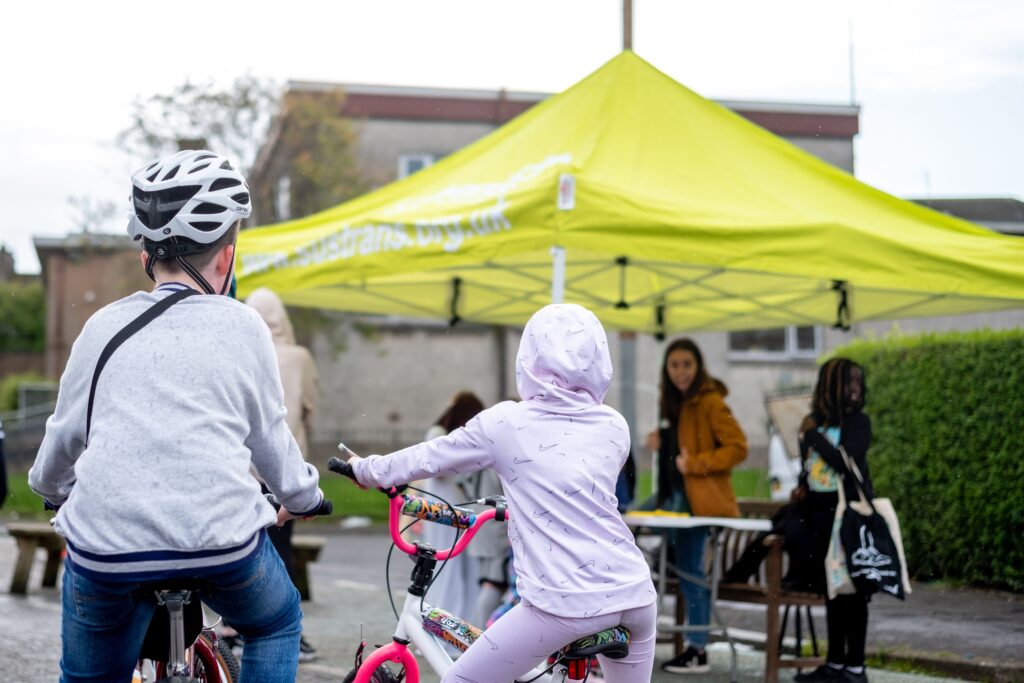
Driven by and for the local community
Flourishing Molendinar has, up to this point, been led by St. Paul’s Youth Forum and their On Bikes project. Funding was provided by Sustrans’ Places for Everyone programme, with support from Glasgow City Council and designers Urban Movement.
To make sure that the developments fit the needs and wants of local people, members of the community have fed in throughout the design process.
Since the project started a number of exciting consultation and engagement methods were used to ensure that different voices were heard.
Activities included tasking school children with creating designs for Langdale Place during Minecraft workshops. Most recently, this approach to engaging young people in street design won the award for ‘Most Innovative Transport Project of the Year’ at the Scottish Transport Awards.
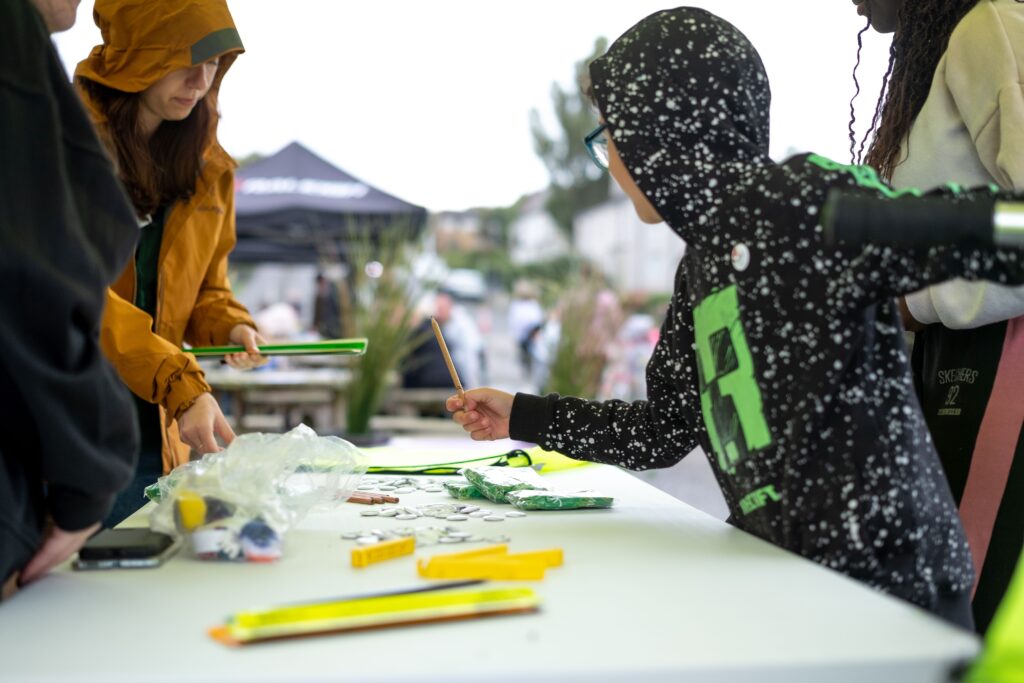
A session with local artists was also held during St Paul’s weekly community evening meal. Attendees were shown a museum box containing old toys, games and photographs which was used to inspire conversations on how streets were used in the past.
Other methods of communication included social media campaigns, logo drawing and badge making sessions, meetings with a local steering group, street stalls and led cycle rides that included additional learning regarding climate change, air pollution, urban design and the Flourishing Molendinar project.
This cross-community engagement has been very successful and culminated with the Langdale Street closure, where people came together to celebrate the project.
“It’s great for me to see my community happy. My community is going to benefit out of this closure and this project”
Jean McClean, Blackhill Community Council
What’s next?
Flourishing Molendinar is now moving to the next stage of the development and is being handed over to Glasgow City Council who are going to drive it forwards.
“Flourishing Molendinar shows what can be achieved when communities are engaged with redevelopment projects.
The combination of new public spaces, improved pedestrian crossings, new segregated cycle lanes and redesigned quiet streets is going to transform this area of Glasgow.
It is going to connect people together, and ensure that everyone in the local community, regardless of age or ability, can safely walk, wheel or cycle for everyday journeys”.
Michael Melton, Grant Manager at Sustrans
